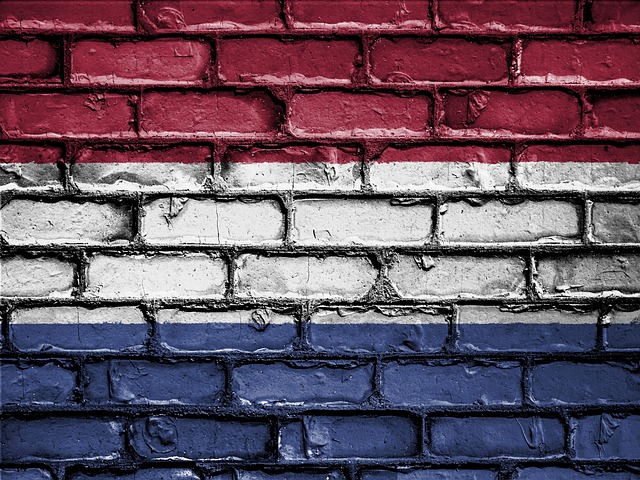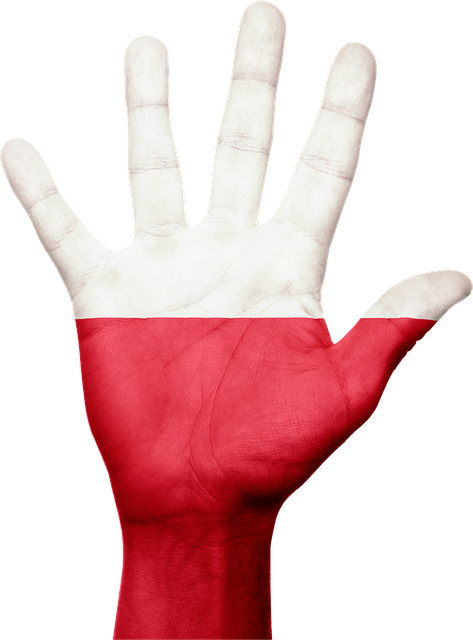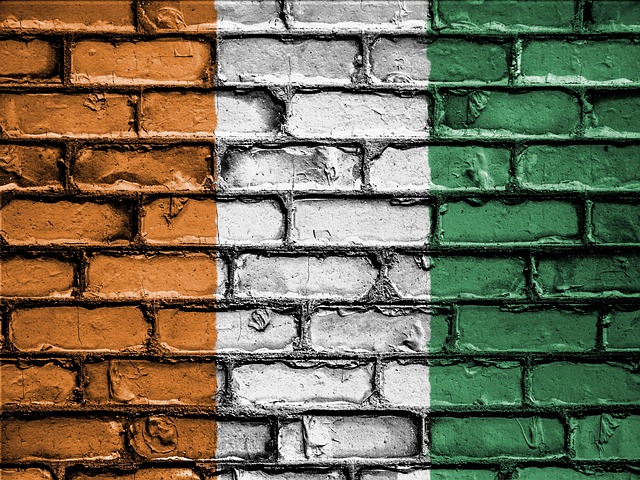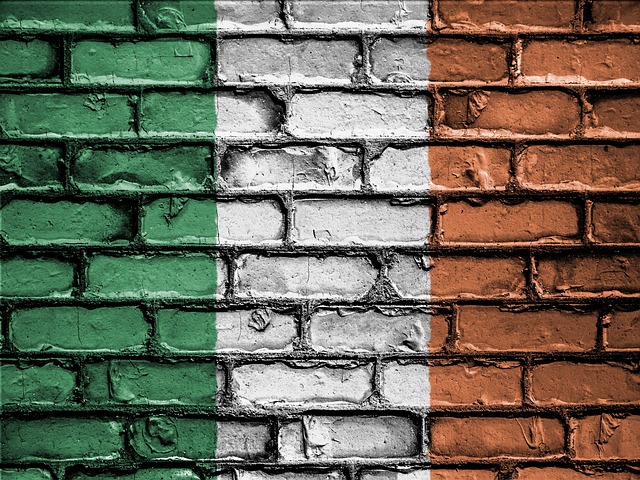The American Flag Peace Sign is a powerful symbol of unity, history, freedom, and peace, combining the nation's colors with a universal peace sign. It represents America's commitment to justice, harmony, and tranquility, both domestically and globally. With roots in US history and modern pop culture, this iconic design transcends political boundaries, fostering discussions on non-violence and understanding. As a catalyst for positive change, it encourages embrace of American ideals of liberty and serenity worldwide.
The American Flag and the peace sign, seemingly disparate symbols, have deeply intertwined histories representing peaceful American ideals. This article explores their unique symbolism, from the stellar design of the flag’s stars and stripes to the universal appeal of the hand-over-heart peace sign. We trace their evolution, analyze modern interpretations in pop culture, and discuss their enduring power as unifiers in today’s diverse landscape. Discover how these historic icons continue to embody the core values of harmony and unity that define America.
- The Symbolism of the American Flag: A National Identity
- Peace Sign: An Iconic Representation of Harmony
- Historical Context: How These Symbols Evolved Together
- Modern Interpretations: American Flag and Peace in Pop Culture
- Embracing Unity: The Power of These Historic Icons Today
The Symbolism of the American Flag: A National Identity

The American Flag, with its vibrant red, white, and blue hues, is more than just a piece of fabric; it’s an iconic symbol representing the nation’s core values and ideals. Each stripe represents one of the original thirteen colonies, while the stars symbolize the 50 states that make up the Union, fostering a sense of unity and shared history. However, beyond its political significance, the flag embodies a powerful message of peace. The white fields, often seen as a canvas for freedom and purity, contrast starkly with the red, symbolizing courage and sacrifice, but also conveying a desire for harmony and tranquility.
The design of the American Flag, particularly the stars, has evolved over time, reflecting changes in the nation’s identity and aspirations. Today, the 50 stars represent not only geographical unity but also the diversity and resilience of the American people. This evolving symbolism reinforces the American Flag Peace Sign as a dynamic emblem, embodying the nation’s ongoing commitment to peace, freedom, and justice for all its citizens.
Peace Sign: An Iconic Representation of Harmony

The American Flag Peace Sign stands as a powerful symbol, transcending its physical form to embody the nation’s core values—peace and harmony. This iconic design, often recognized globally, has become an embodiment of America’s commitment to freedom, democracy, and tranquility. The simple yet profound image combines elements from both the national colors and universal signs, creating a strong visual representation of unity and understanding.
The integration of the peace sign into the American Flag is more than just aesthetic; it conveys a message of tolerance, acceptance, and peaceful coexistence. This symbol has been embraced worldwide, serving as a call for serenity in times of conflict and a reminder of shared humanity. Its universal appeal lies in its ability to transcend political and cultural boundaries, making it a beacon of hope and a testament to the American ideal of promoting peace not just within its borders but globally.
Historical Context: How These Symbols Evolved Together

The symbolism of the American Flag and the iconic Peace Sign are deeply intertwined, reflecting the nation’s historical journey toward peace and freedom. The American Flag, with its stars and stripes, has represented the United States since 1777, embodying ideals of unity, democracy, and independence. Over time, it has become a universal symbol of American identity and values.
Simultaneously, the Peace Sign emerged in the mid-20th century as a powerful anti-war statement during the Cold War era. Designed by Gerald Holtom in 1954 for the British nuclear disarmament movement, it quickly spread globally and became a universal symbol of peace. In America, this sign took on additional significance, often appearing at protests and gatherings advocating for civil rights, freedom, and harmony. Its evolution alongside the American Flag underscores the enduring quest for peace within a nation founded on principles of liberty and justice.
Modern Interpretations: American Flag and Peace in Pop Culture

In modern times, the American Flag and its symbolisms have permeated pop culture, offering intriguing interpretations of the nation’s core values. The iconic red, white, and blue colors often evoke a sense of patriotism, but they also carry a deeper meaning when associated with peace. Artists, filmmakers, and musicians frequently incorporate the American Flag Peace Sign into their works to convey a message of unity, freedom, and tranquility. This modern interpretation transcends the flag’s traditional political context, transforming it into a universal symbol for harmony and human rights.
The American Flag Peace Sign, often featuring the flag with its stars and stripes combined with the iconic peace symbol (a circle with a line through it), has become a ubiquitous image in popular media. It appears on t-shirts, posters, and social media profiles, reflecting a desire to embrace America’s foundational ideals of liberty and serenity. This visual representation encourages discussions about the role of non-violence, tolerance, and understanding in American society and its global impact.
Embracing Unity: The Power of These Historic Icons Today

The American Flag and the iconic Peace Sign are more than just symbols; they represent the core peaceful ideals that America stands for. These historic icons have transcended their original contexts, becoming universal emblems of unity and harmony. Today, the American Flag continues to fly high, symbolizing freedom, democracy, and the diversity that makes the nation strong. Similarly, the Peace Sign, a symbol born out of anti-war movements, speaks to the enduring quest for global peace and understanding.
In our current world, these symbols remain powerful tools for fostering unity and promoting non-violence. They serve as reminders of shared values, reminding us all that despite differences in race, religion, or background, we are united under a common desire for peace and justice. The American Flag and Peace Sign inspire conversations about social issues, encourage dialogue, and galvanize efforts toward positive change, making them relevant and impactful in today’s society.
